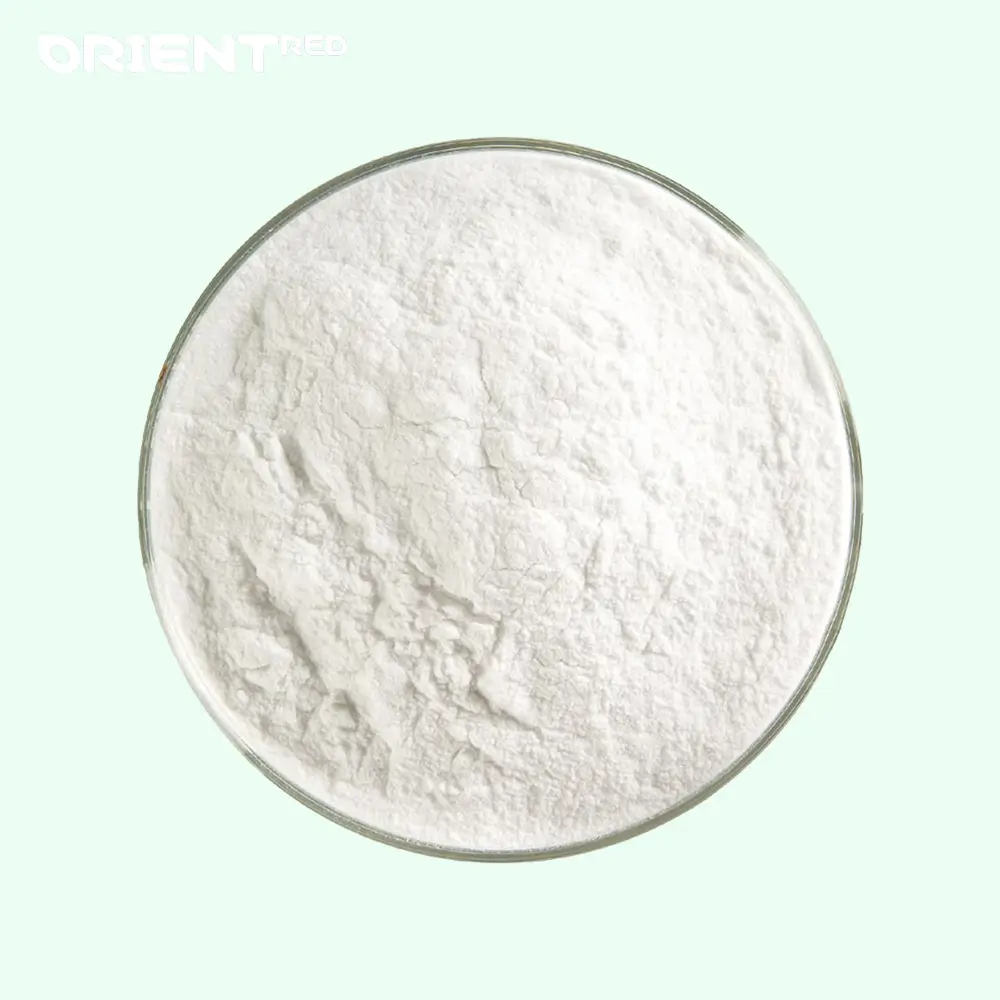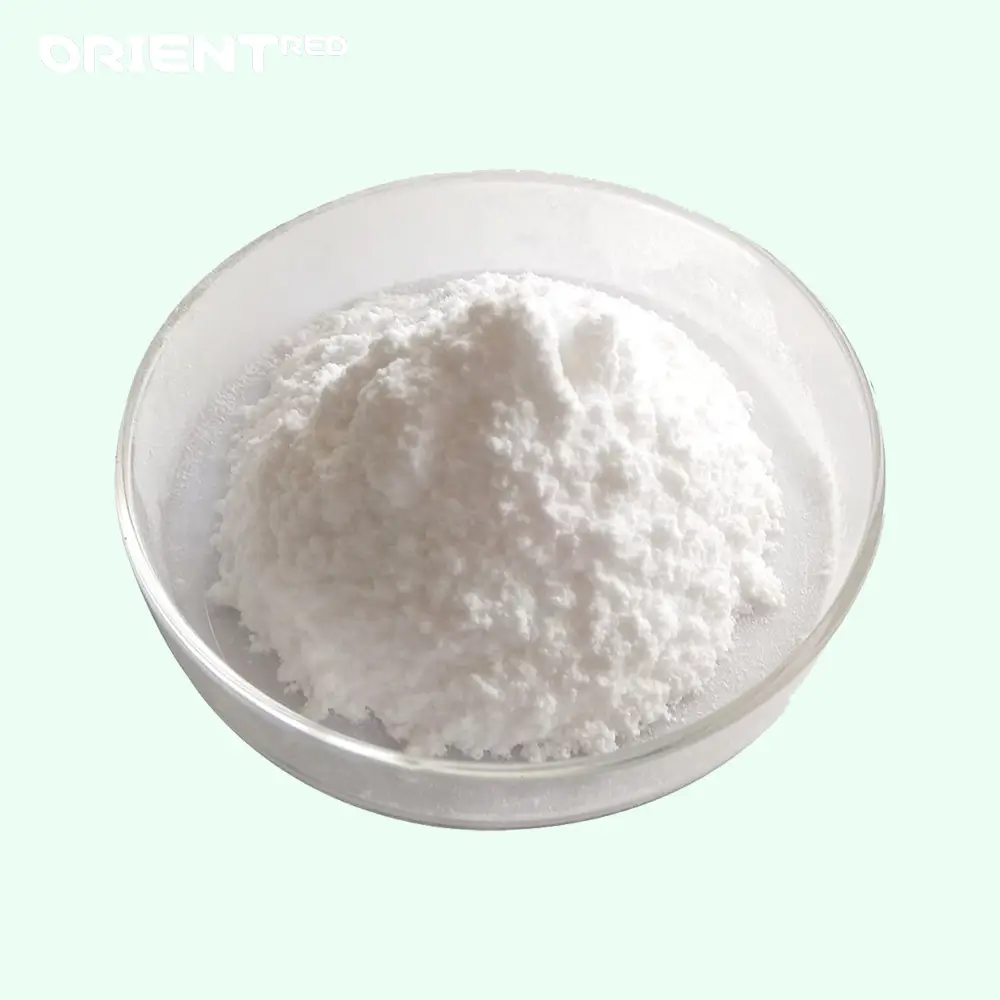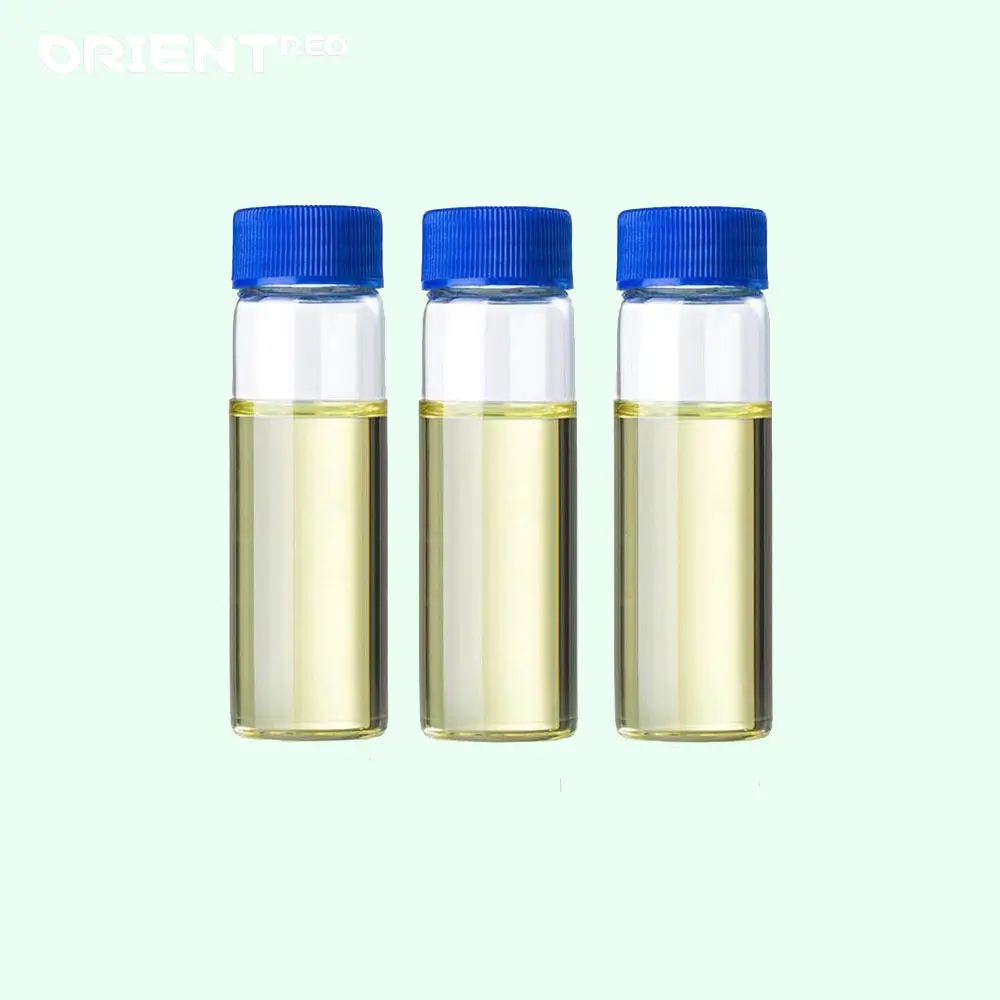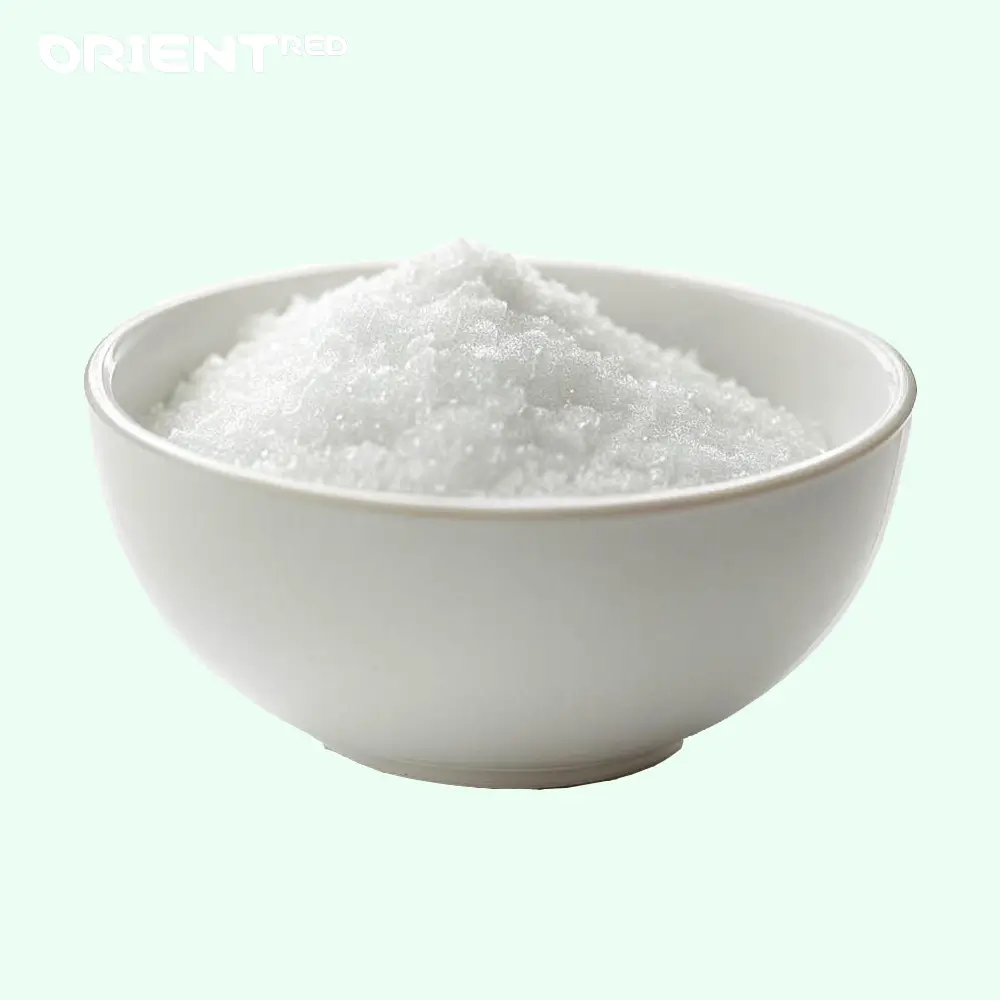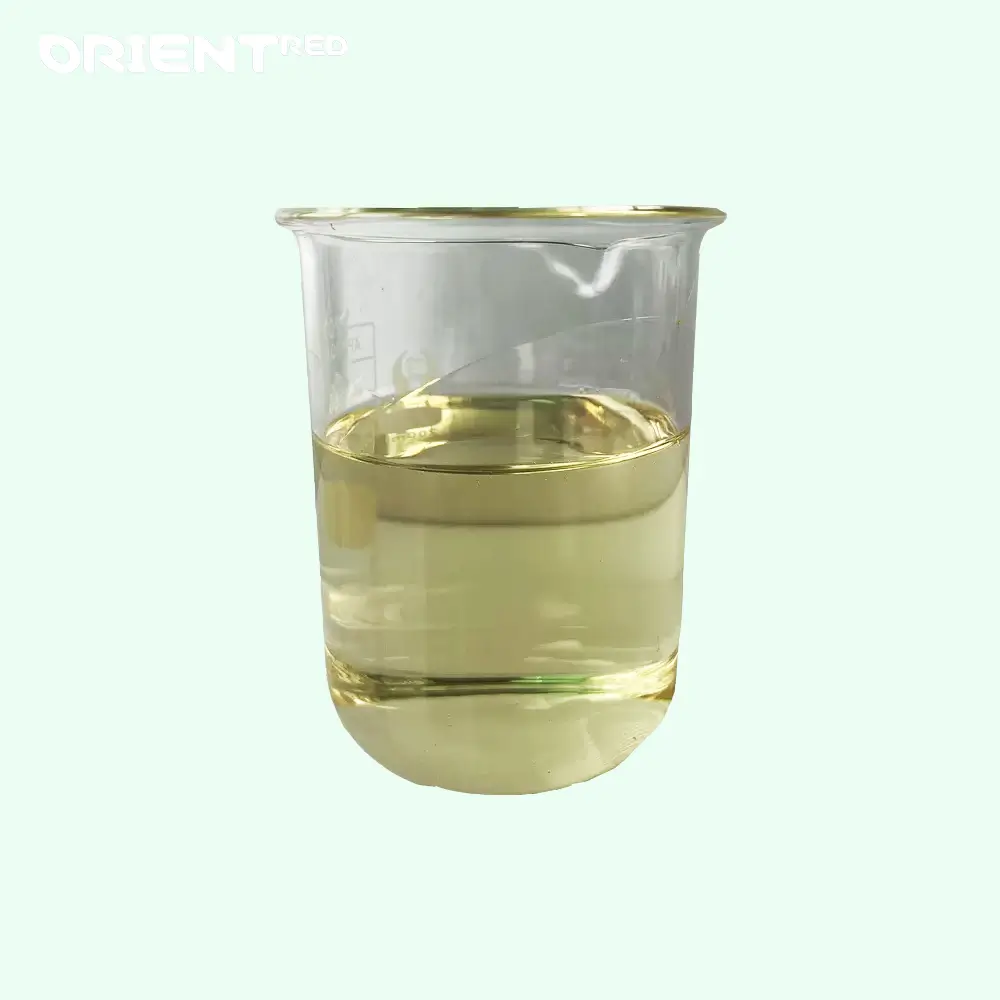1-Aminohydantoin Hydrochloride Basic Information, Physicochemical Properties, etc.
| Basic Information |
| Name |
1-Aminohydantoin Hydrochloride |
| Synonyms |
1-Aminoimidazolidine-2,4-dione hydrochloride; 1-Aminohydantoin hydrochloride; 1-Aminohydantoin Hydrochloride; 1-Amino-2,4-imidazolidinedione hydrochloride |
| CAS Number |
2827-56-7 |
| Molecular Formula |
C3H6ClN3O2 |
| Molecular Weight |
151.55 |
| EINECS Number |
/ |
| Structural Formula |
 |
| Physicochemical Properties |
| Melting Point |
201-205 °C(lit.) |
| Boiling Point |
256.8ºC at 760 mmHg |
| Density |
|
| Flash Point |
109.1ºC |
| Solubility |
Soluble in DMSO (slightly), methanol (slightly, heated) |
| Water Solubility |
Soluble in water |
| Form |
Crystalline powder |
| Color |
Light yellow |
| Stability |
The solution is unstable |
| Acidity Coefficient (pKa) |
|
| Safety and Regulatory Information |
| Merck |
|
| BRN |
3699376 |
| NIST Chemical Substance Information |
|
| EPA Chemical Substance Information |
|
| Other Information |
| Detection Methods |
|
1-Aminohydantoin Hydrochloride Application, Use, Usage, Synthesis Method, etc.
Used as pharmaceutical and pesticide intermediates.
- Reagents used to synthesize ectoparasiticides and skeletal muscle relaxants.
- Used in Suzuki-Miyaura coupling reactions.
- Used as lymph-specific, tyrosine phosphatase inhibitors.
- Used for the inhibitory effect of peptide semicarbazone on proteasomes.
Residue determination
- 1-Aminohydantoin hydrochloride can be used as an indicator for the determination of veterinary drug residues in meat and milk. For example, it is the main metabolite of nitrofurantoin in animal tissues and can be used as an indicator for the determination of veterinary drug residues in meat and milk.
(Nitrofurantoin is an excellent antibacterial drug with a wide antibacterial spectrum. It is rapidly and completely absorbed after oral administration and excreted quickly. The amount excreted in urine can reach 40-50%. It is often used to treat urinary tract infections caused by various sensitive bacteria.)
- 1-Aminohydantoin hydrochloride covalently binds to tissue proteins and is released from tissues under slightly acidic conditions. It can be detected by reacting with 2-nitrobenzaldehyde to form nitrophenyl derivatives of AHD.
Synthesis Method
Generally speaking, in the process of synthesizing 1-aminohydantoin salt, the obtained product will introduce NaCl impurities to a greater or lesser extent.
The NaCl impurity is removed by refluxing the mixture of 1-aminohydantoin salt and NaCl with acetone.
1-aminohydantoin salt will undergo a condensation reaction with acetone, and the product will dissolve in acetone after filtering out NaCl.
The solution is evaporated to dryness and then reacted with concentrated hydrochloric acid to obtain a pure target product molecule.
Note: This method utilizes the reaction of amino and acetone. Because the starting material is a hydrochloride, when it is refluxed with acetone, 0.5 or more equivalents of potassium carbonate should be added to neutralize HCL, but it should also be noted that the base used in the reaction system should not be too strong, otherwise hydantoin will be hydrolyzed.
1-Aminohydantoin Hydrochloride Packaging, Storage, Delivery, Transportation, etc.
Packing: 25 kg cardboard barrel lined with double-layer plastic bag or Customer specified packaging
Storage: Store in a cool and dry place.
1-aminohydantoin hydrochloride has high chemical reactivity, so it is easy to decompose and deteriorate if stored for a long time at room temperature.
To maintain its stability, it is usually required to be sealed and stored in a low-temperature environment, such as a refrigerator at -6 degrees.
This helps to extend its service life and ensures its reliability in chemical reactions or experiments.
Delivery: delivery within 3- 5 working days
Transportation: According to your needs
FAQ About 1-Aminohydantoin Hydrochloride
Where can I buy it?
Answer: It needs to be purchased through regular chemical suppliers (such as TCI, Alfa Aesar, ORIENTRED).
What is the minimum order quantity?
Answer: Laboratory grade usually starts at 1 gram, and industrial grade may require 100 grams or 1 kilogram or more. ORIENTRED provides orders in any quantity.
Can it be stored for a long time?
Answer: It can be stored stably for 1-2 years in a cool, dry and dark environment, but it is recommended to check the sealing of the package regularly.
